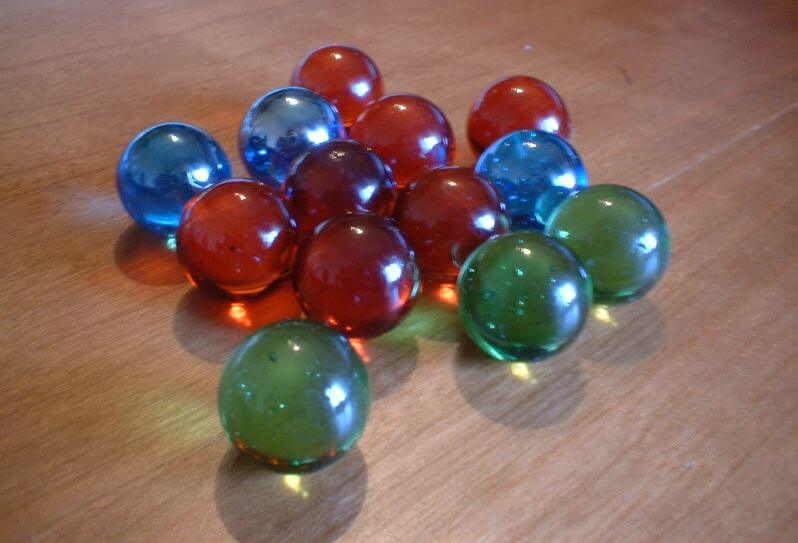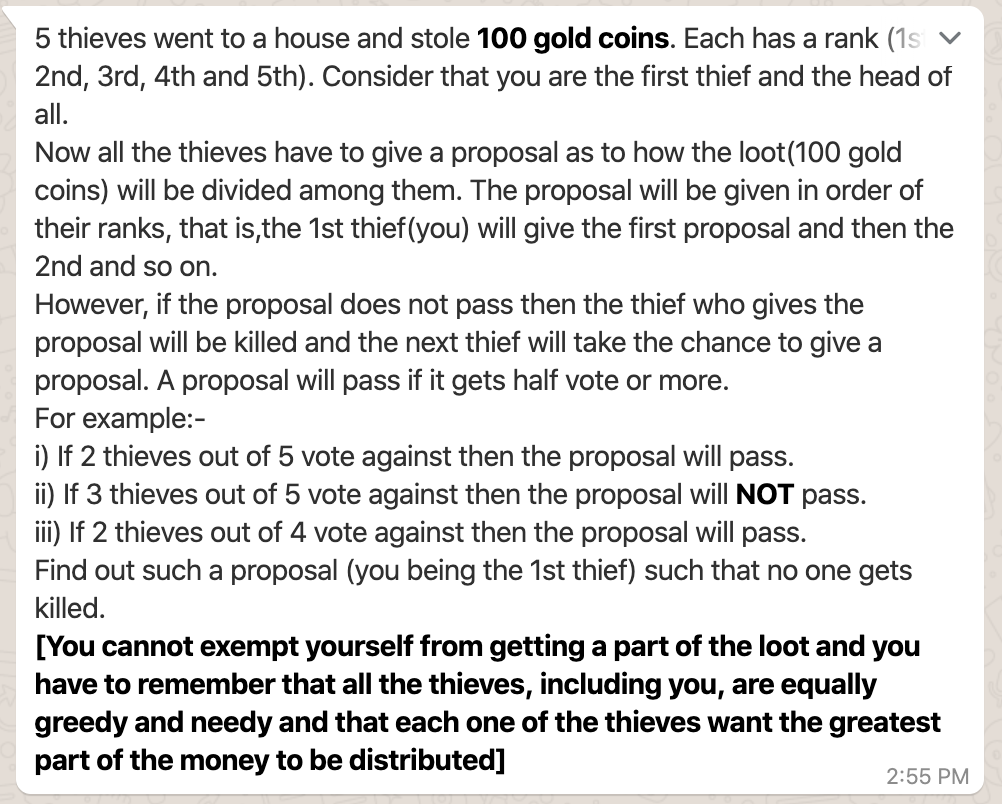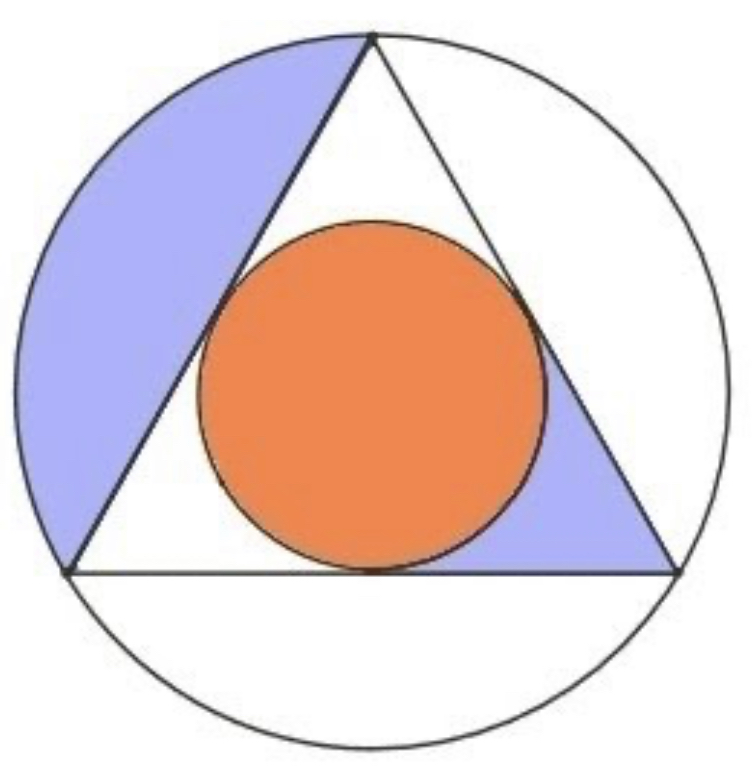This math puzzle about Covid will make your jaw drop (also make you feel better after getting a test)
First, please take all precautions again Covid. If you think you got exposed or have symptoms, get yourselves tested, quarantined and everything else CDC is asking us to do. Once you have done so, think about this puzzle…
The following puzzle – which is a very real one in Covid days – is an adaptation from a puzzle I had posted last year.
The end question I am going to ask you is this:
Q1. Your Covid test came positive. What is the probability that you really have the infection?
Q2. Your Covid test came negative. What is the probability that you really do not have the infection?
As Narayan had pointed out last year, most doctors do not get this. The fact that all tests have false positives and false negatives (they are not perfect) makes the real probability unintuitively high or low.
The real answers will knock your socks off.
Ok, let’s start this:
——
1. The COVID PCR test has a false positive of about 0.5% (*See Source). Which would mean in about 200 people without the virus, the test will make a mistake in one case and say he/she has the virus.
2. The test has a false negative of 10% (** See Source) This means of 10 people who actually have the virus, the test will miss out 1 of them.
3. Assume 2% of Americans at any point of time has the virus (*** See Source)
You went to get a PCR test done. Test showed positive. What is the real probability you have the virus? Hint: It is NOT 99.5%
Take the other case – the test showed negative. What is the real probability you do not have the virus? Hint: It is NOT 90%
Both the answers will make you feel much better.
That should be good enough reason why we should LOVE math! And at the risk of Tammi – the math teacher in my friend circle – slapping my wrist, I would say, you will love the chapter on Conditional Probability.
——
Sources:
* (in reality 0.2%-0.9% per https://www.icd10monitor.com/false-positives-in-pcr-tests…)
** the actual number can widely vary – as high as 67% – depending on when you got tested after exposure. The more time you give after exposure, the more the virus gets to establish itself and lesser the false negative number. https://www.acc.org/…/variation-in-false-negative-rate…
*** I took CDC’s 25% estimated US population had it https://www.cdc.gov/…/2019-ncov/cases-updates/burden.html over 11 months and took the average as 2%. (It will be slightly higher due to ramp ups)








